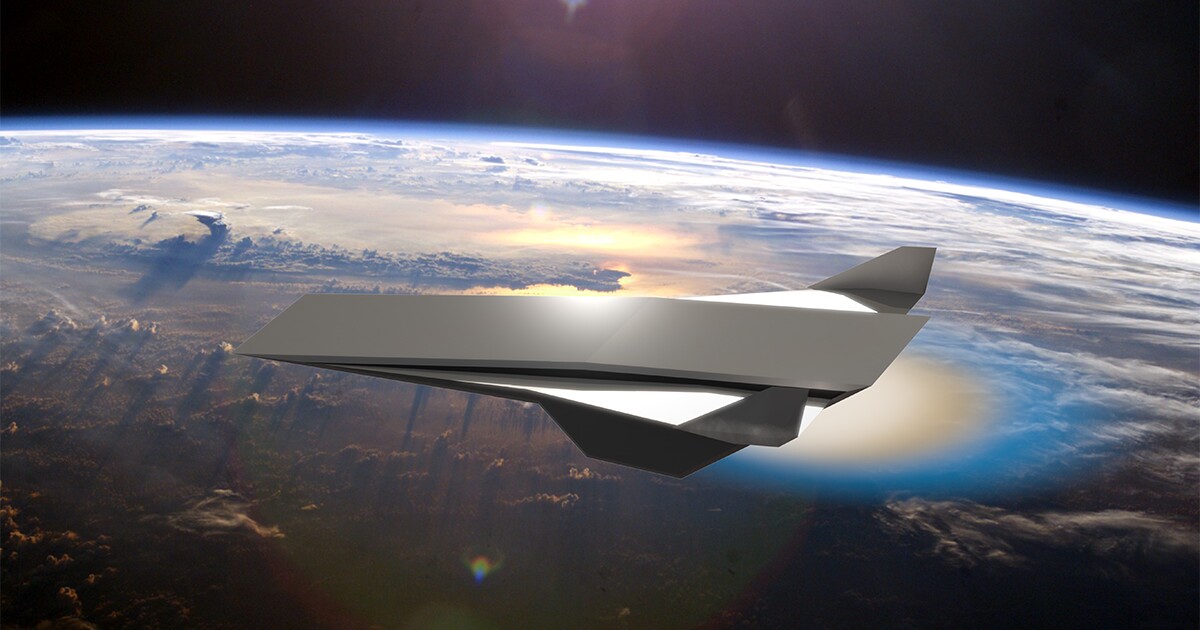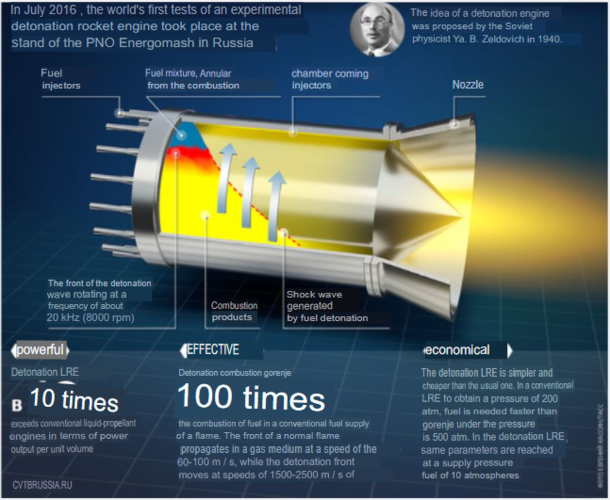A pulse detonation engine is exactly that, pulsed. Push fuel into the chamber, detonate, purge and refill the chamber, repeat.
(A pulse jet like the V-1 is a pulse deflagration engine, the fuel burns rather than detonates)
A rotating detonation engine is effectively a ring of pulse detonation engines without walls between them, each pulse creating the shockwave that triggers the next pulse around the ring. So comparable in some ways to the way a Wankel engine has rotating combustion (deflagration) chambers, the detonation of one chamber setting up the conditions for the next detonation. The advantage is you can create an effectively continuous expansion of exhaust gases (it's going to cycle up and down in pressure/velocity, but it's likely to be closer to continuous than you would get from a single PDE).
The advantage of this thing (assuming I've understood it correctly) is that it's a continuous detonation. Not Bang! but Baaaaaaaaaaang! continuing for as long as you pour fuel into the point of detonation. Rather than a single pulse, or one pulse triggering the next one, this is a continuous detonation at a fixed point in a standing wave. So you have a continuous exhaust pressure/velocity instead of a rhythmically fluctuating one, and no need to purge chambers between detonations etc






